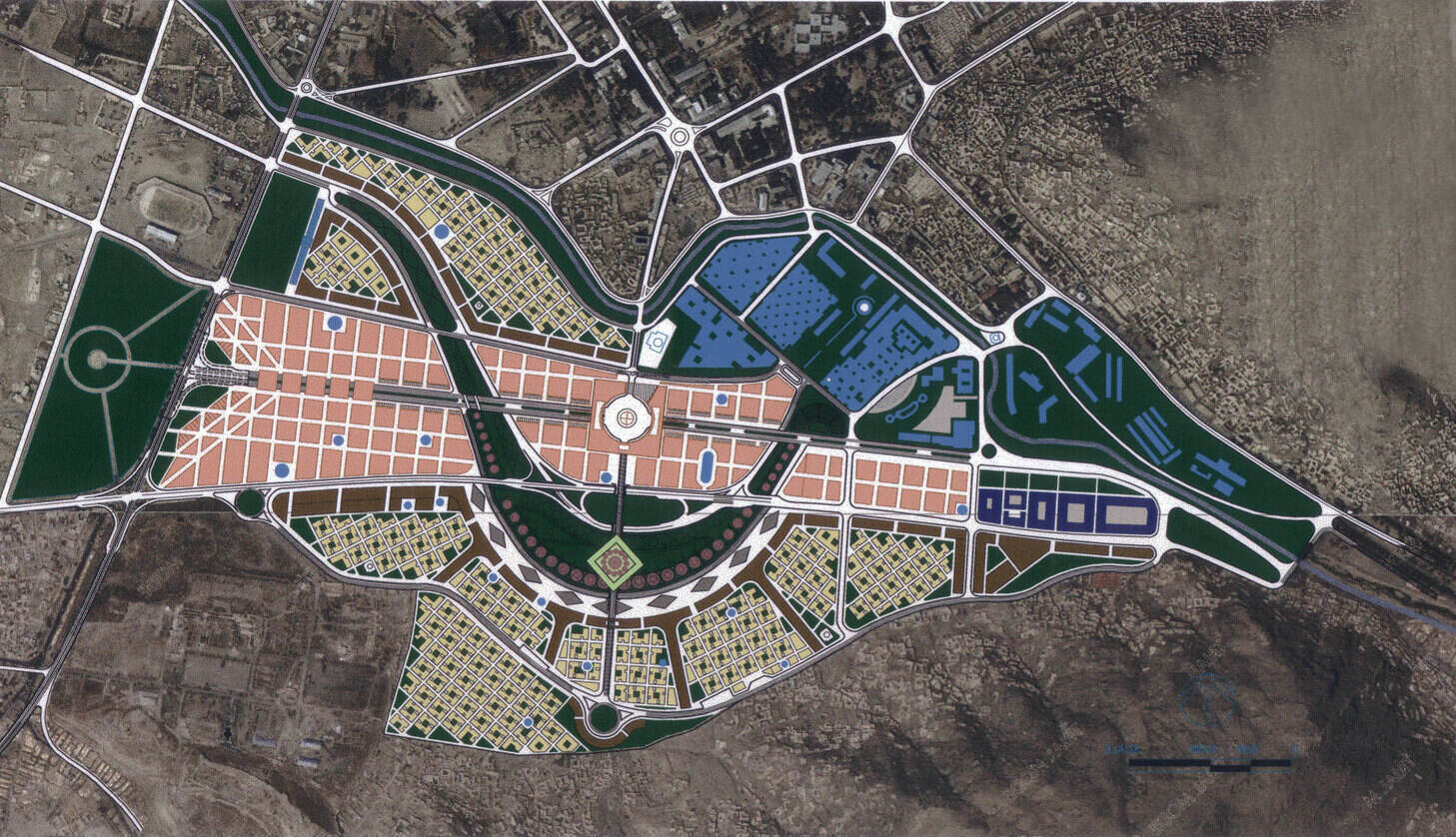
Smart Growth Principles are all about creating vibrant, sustainable communities. But what exactly does that mean? Smart Growth focuses on developing neighborhoods that are walkable, offer diverse housing options, and provide easy access to public transportation. It aims to reduce urban sprawl, protect green spaces, and promote a high quality of life. Imagine living in a place where you can walk to work, bike to the grocery store, and enjoy parks and open spaces—all within your community. These principles not only benefit the environment but also enhance social connections and economic opportunities. Ready to learn more? Here are 21 facts that will give you a deeper understanding of Smart Growth Principles.
Key Takeaways:
- Smart growth principles aim to create vibrant, walkable communities that balance economic growth, environmental protection, and social equity. They promote mixed land use, conserve resources, and improve public health.
- Smart growth offers economic advantages, including cost savings, increased property values, and job creation. It also fosters social well-being by promoting inclusivity, public health, and community engagement.
What is Smart Growth?
Smart growth is an urban planning concept that focuses on sustainable development, efficient land use, and creating livable communities. It aims to balance economic growth with environmental protection and social equity.
-
Smart growth encourages mixed land use. This means combining residential, commercial, and recreational spaces within close proximity, reducing the need for long commutes.
-
It promotes compact building design. By building up rather than out, smart growth helps preserve open spaces and reduces urban sprawl.
-
Walkable neighborhoods are a key feature. These areas prioritize pedestrian-friendly infrastructure, making it easier for people to walk to shops, schools, and parks.
-
Smart growth supports a variety of transportation choices. This includes public transit, biking, and walking, reducing reliance on cars and lowering greenhouse gas emissions.
-
It fosters distinctive, attractive communities. Unique architecture and public spaces create a sense of place and community pride.
Environmental Benefits of Smart Growth
Smart growth principles are designed to protect the environment while accommodating growth. These strategies help reduce pollution, conserve resources, and promote sustainability.
-
Smart growth reduces air pollution. By encouraging public transit and reducing car dependency, it lowers emissions of harmful pollutants.
-
It conserves water resources. Efficient land use and green infrastructure help manage stormwater and reduce runoff.
-
Green spaces are preserved. Parks, gardens, and natural areas are integrated into urban settings, providing habitats for wildlife and recreational areas for people.
-
Energy efficiency is a priority. Compact building designs and green technologies reduce energy consumption and promote renewable energy sources.
-
Smart growth mitigates climate change. Sustainable practices and reduced emissions contribute to global efforts to combat climate change.
Economic Advantages of Smart Growth
Smart growth isn't just good for the environment; it also offers significant economic benefits. These principles can lead to cost savings, increased property values, and economic development.
-
It reduces infrastructure costs. Compact development requires less spending on roads, utilities, and public services.
-
Property values tend to increase. Walkable, attractive neighborhoods often see higher property values and greater investment.
-
Smart growth attracts businesses. Companies are drawn to vibrant, well-planned communities with a high quality of life.
-
It creates jobs. Construction, public transit, and green infrastructure projects generate employment opportunities.
-
Smart growth promotes economic resilience. Diverse, mixed-use communities are better able to adapt to economic changes and challenges.
Social and Health Benefits of Smart Growth
Smart growth principles also have a positive impact on social well-being and public health. These strategies create inclusive, healthy communities where people can thrive.
-
It promotes social equity. Affordable housing and accessible public services ensure that all residents benefit from smart growth.
-
Public health improves. Walkable neighborhoods encourage physical activity, reducing rates of obesity and related diseases.
-
Community engagement is enhanced. Public spaces and community events foster social connections and civic participation.
-
Safety is increased. Well-designed, walkable neighborhoods often experience lower crime rates and safer streets.
-
Smart growth supports aging in place. Accessible design and services allow older adults to remain in their communities as they age.
Challenges and Future of Smart Growth
While smart growth offers many benefits, it also faces challenges. Understanding these obstacles is crucial for the future success of smart growth initiatives.
- Overcoming resistance to change. Some communities may resist smart growth principles due to a preference for traditional development patterns or concerns about density.
Embracing Smart Growth
Smart growth principles offer a roadmap for creating vibrant, sustainable communities. By focusing on mixed land use, walkable neighborhoods, and preserving open spaces, these principles aim to enhance quality of life. They encourage public transportation, affordable housing, and community engagement, making cities more inclusive and resilient.
Implementing smart growth isn't just about urban planning; it's about fostering a sense of community and environmental stewardship. It promotes economic development while reducing carbon footprints. These principles help tackle urban sprawl, making cities more efficient and livable.
Communities adopting smart growth see benefits like reduced traffic congestion, improved public health, and stronger local economies. It's a holistic approach that balances development with sustainability. As cities continue to grow, embracing smart growth principles can lead to more equitable, thriving urban environments.
Frequently Asked Questions
Was this page helpful?
Our commitment to delivering trustworthy and engaging content is at the heart of what we do. Each fact on our site is contributed by real users like you, bringing a wealth of diverse insights and information. To ensure the highest standards of accuracy and reliability, our dedicated editors meticulously review each submission. This process guarantees that the facts we share are not only fascinating but also credible. Trust in our commitment to quality and authenticity as you explore and learn with us.
